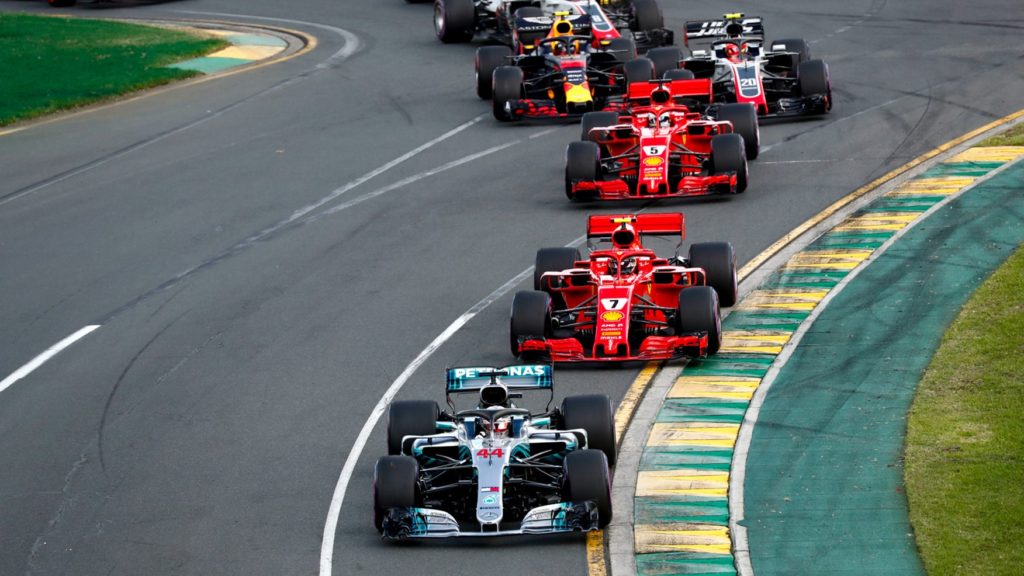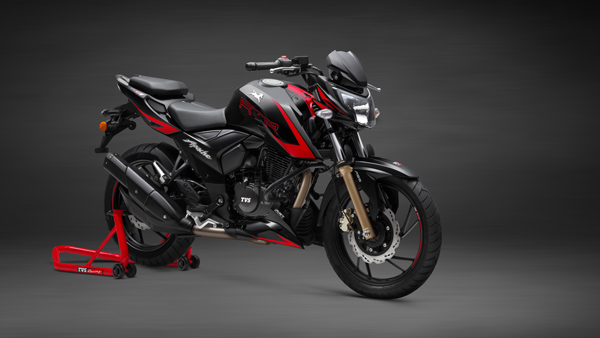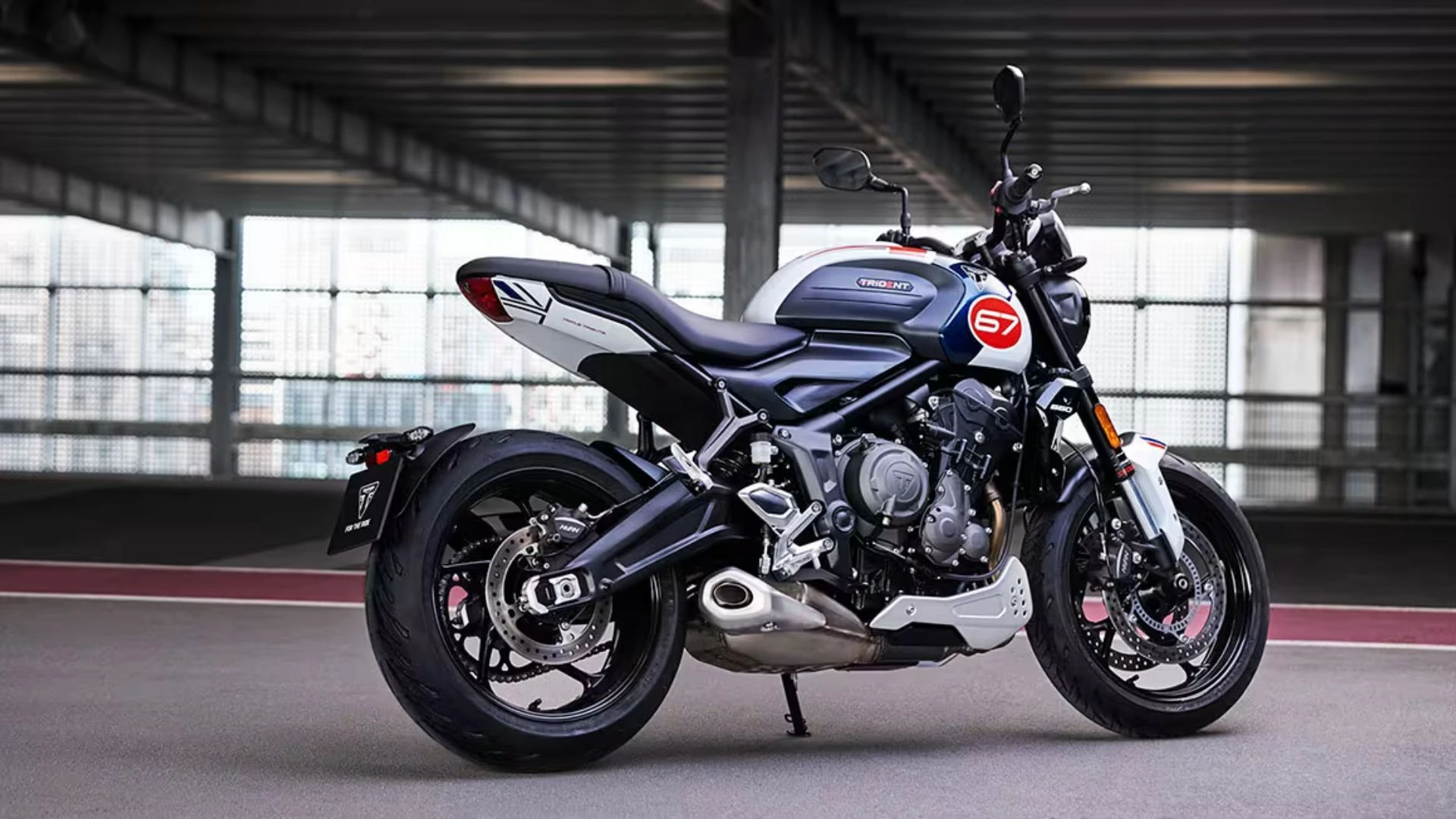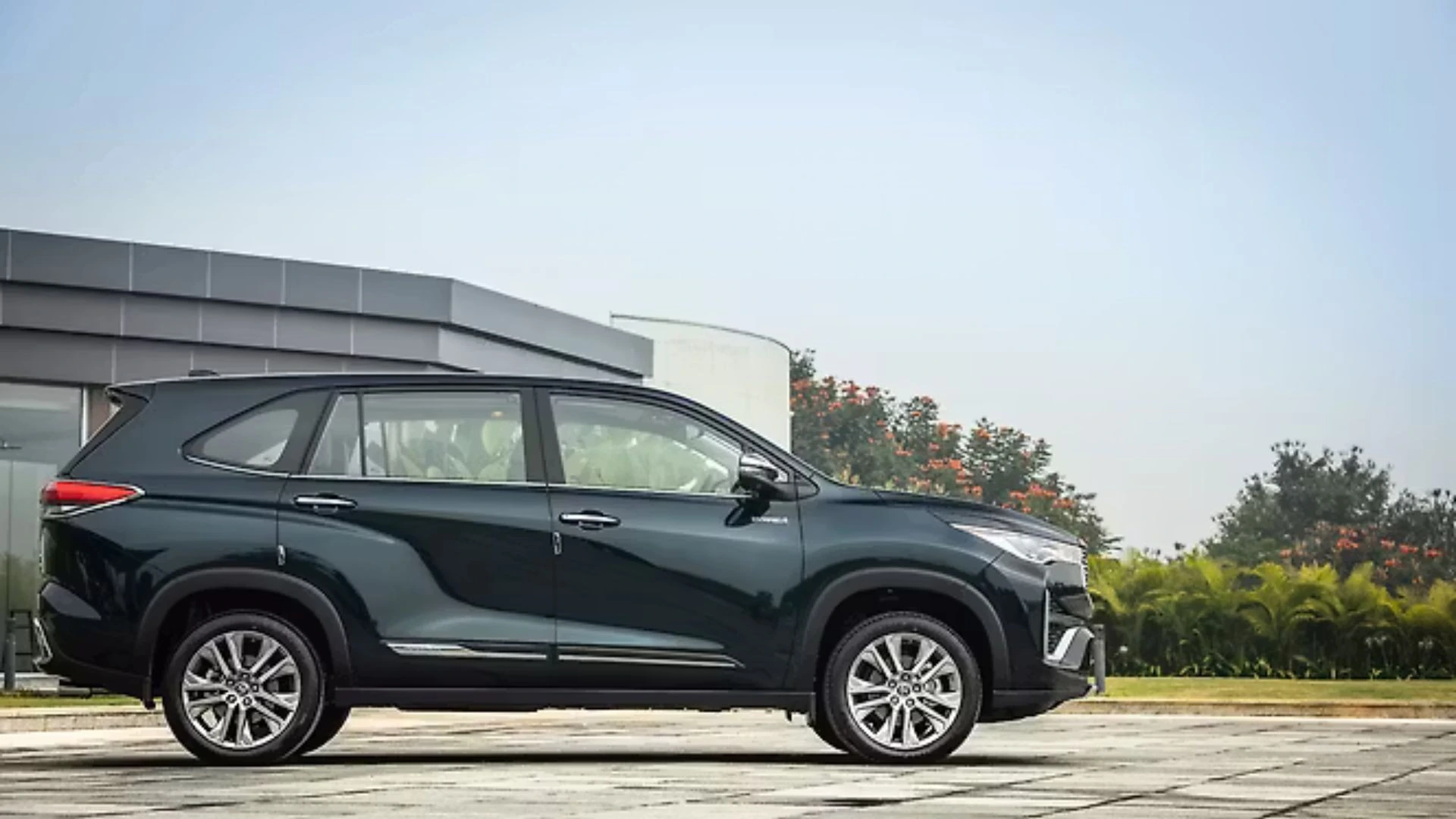Formula 1 cars are all set to undergo changes for 2019, the main aim being helping the cars overtake each other. The cars are going to sport much simpler wings than before. The front-wing end-plates of the car will be reduced in size and the rear wing flap will be enlarged. This will result in a stronger DRS effect. Proposals for an extra package with barge board, though raised, was not voted for and hence not implemented.
The triggering cause for this change is probably the Australian Grand Prix 2018 where the cars found it difficult to overtake each other due to which FIA and Liberty have considered making improvements in the 2019 versions of the car.
In the motorsport industries, aerodynamics refers to the study of the air moving over a car that is in motion and the way the movement of the car is affected as a result. It makes the vehicles safer and easier to move. These are the two areas where normal passenger vehicles make use of aerodynamics. But for racing cars, it is a highly important area to consider. These cars are specifically designed according to aerodynamics to increase their speed.
Principles same as that used in an aircraft are used here. The car is shaped in a manner similar to an aircraft, its chassis acting as an inverted wind that would create downforce instead of lifting. As a result, the car is kept on the ground at high speeds and the traction around the curves is increased since the air below the car flows at a faster speed than the air above it. The comparatively slow-moving air above the car exerts a greater pressure, thus forcing it down on the track. This downforce, however, must be balanced against drag. A more efficient compromise between the downforce and drag leads to the best-possible handling of the car at the greatest speed.
The cars are appropriately designed taking the help of Computational Fluid Dynamics and wind tunnels.
The decision to change the design of the Formula1 cars has been taken through an e-vote that took place on the 30th of April this year. In such votes, unanimity is not required. So, in spite of many votes against this new design, it was finalized.
Previously, a meeting of the technical bosses was held where no conclusion could be reached. So it was decided that each team would conduct CFD for itself and analyze the changes within the 30th April deadline. This research was used by FIA to create a report and announce the vote.
It has been officially confirmed in an FIA statement that the changes have been accepted by the Strategy Group, the World Motor Sport Council and the FI Commission. The changes also include a simpler front brake duct without any winglet, and a deeper and wider wing that have been newly announced. Apart from these, some changes had already been declared in the past that include increasing the fuel allowance so that the drivers can race for a longer duration that will be found in the cars in the coming year.











